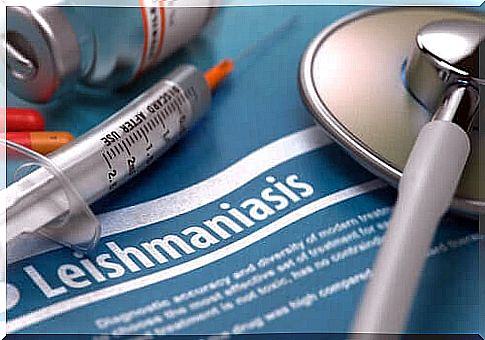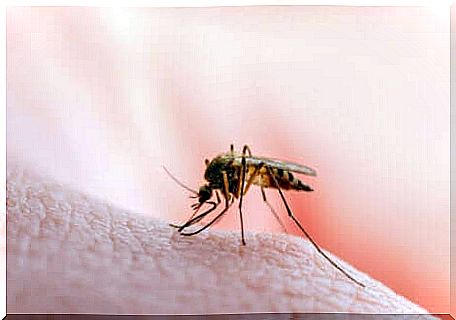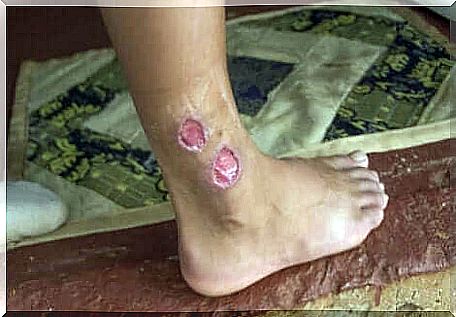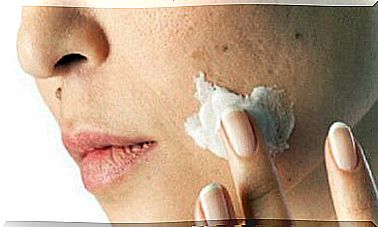Is Leishmaniasis Contagious?
Leishmaniasis is a disease that is transmitted in a special way. Find out in this article if it is contagious, how it is transmitted and what can be done to prevent it.

Leishmaniasis is a major disease, contagious in its own way, as we will see. It creates a great public health problem. It occurs frequently in 88 countries around the world and affects 14 million people, with 2 million new cases per year.
Although considered one of the seven most important tropical diseases in the world, leishmaniasis is a disorder generally overlooked and forgotten.
What is leishmaniasis?
Leishmaniasis is a contagious infection produced by different species of protozoa of the genus Leishmania. These protozoa, also called parasites, are microscopic organisms that need a vector to be transmitted.
A vector is an animal that transmits pathogens from an infected person or an infected animal to another healthy person. In other words, the disease is not transmitted by direct contact: a second organism carries the microorganism.
In general, these vectors are invertebrates such as mosquitoes, fleas, lice and ticks. In the case of the pathology that interests us, the protozoan Leishmania is transmitted by the bite of the sand fly mosquito which bears the name of the sand fly .
Mosquitoes become infected when they ingest the blood of an infected person or animal. Once in it, the parasite does not cause any symptoms to the vector; it only grows and divides.
When there are enough parasites, they go to the mosquito’s mouth and pharynx to be injected with the next bite. The infected sand fly bites another human or animal, injects them with Leishmania, and contagion occurs.
Despite the defenses of the human body, the pathogen does not die. Quite the contrary: it reproduces inside macrophages in the blood and tissues, which eventually rupture and release protozoa into the blood, where other macrophages become infected and continue the cycle.

Where are these vectors located?
The sand fly loves humidity and heat. Therefore, we find it in tropical and subtropical areas. It also lives in the Mediterranean basin.
According to the World Health Organization (WHO), leishmaniasis is an infection linked to environmental changes. Among its risk factors are:
- Socio-economic conditions: poverty increases the risk of leishmaniasis because it implies poor living conditions and a deficiency in household hygiene. This increases the number of mosquitoes and the rest of those who transmit them.
- Malnutrition: The lack of protein, iron, vitamins and minerals means that people do not have a good defense system. The disease can therefore advance and spread
- Mobility of the population: the settlements of villages in former wooded areas, which are the habitat of the mosquito, lead to a rapid increase in cases
- Environmental changes: deforestation, the construction of dams, irrigation systems and urbanization mean that mosquitoes have more contact with humans
- Climate change: the Leishmania is very sensitive to changes in climatic conditions. Variations in temperature and humidity in different areas cause mosquitoes to migrate to places where they did not previously live.
What are the symptoms of leishmaniasis?
There are at least 20 species of protozoa of the genus Leishmania which can be transmitted by vectors. Depending on the species and its degree of invasion into the body, we may exhibit symptoms or others. The pathology therefore has different varieties.
The three usual forms are:
- Cutaneous leishmaniasis: it is triggered when the infection is limited to the area of the bite. It is also known as the Oriental Button and usually appears on the shores of the Mediterranean. A lesion resembling an ulcerative protrusion appears at the site of the bite; it sometimes heals spontaneously, leaving a scar
- Mucocutaneous leishmaniasis: the parasite can spread from the skin to the mucous membranes, mainly affecting the upper respiratory tract. Its symptoms are swelling, redness and ulceration of the mucous membranes.
- Visceral leishmaniasis: in addition to the type of infecting protozoan, the immunity of the infected person must be taken into account. When the defense system fails, the parasite can migrate to the viscera. The internal organs most affected are then the bone marrow, lymph nodes, liver and spleen.

How can we prevent the contagion of leishmaniasis?
Leishmaniasis is contagious as long as the vector exists. We can not say that there is transmission between humans, except in specific cases where we have noted, for example, people who share needles to inject drugs. In addition, blood transfusions are completely safe because they pass many checks.
However, we must remember that in a place where people are infected, there will be more infected mosquitoes, and this will increase the probability of contagion among people in the same environment. To talk about leishmaniasis as a contagious disease is possible, but always taking into account the participation of the vector.
Thus, the main prevention begins by avoiding mosquito bites, especially in people who travel to countries where the disease is common. Here are some great tips for avoiding stings:
- Use mosquito repellant on exposed skin
- Putting mosquito nets on clothes and treating clothes with drugs like permethrin
- Put on socks, long-sleeved shirts, pants and tuck the shirt into the pants to prevent the mosquito from gaining access to the skin
- Avoid outdoor activities from dusk to sunrise in the tropics: this is where mosquitoes are most active









